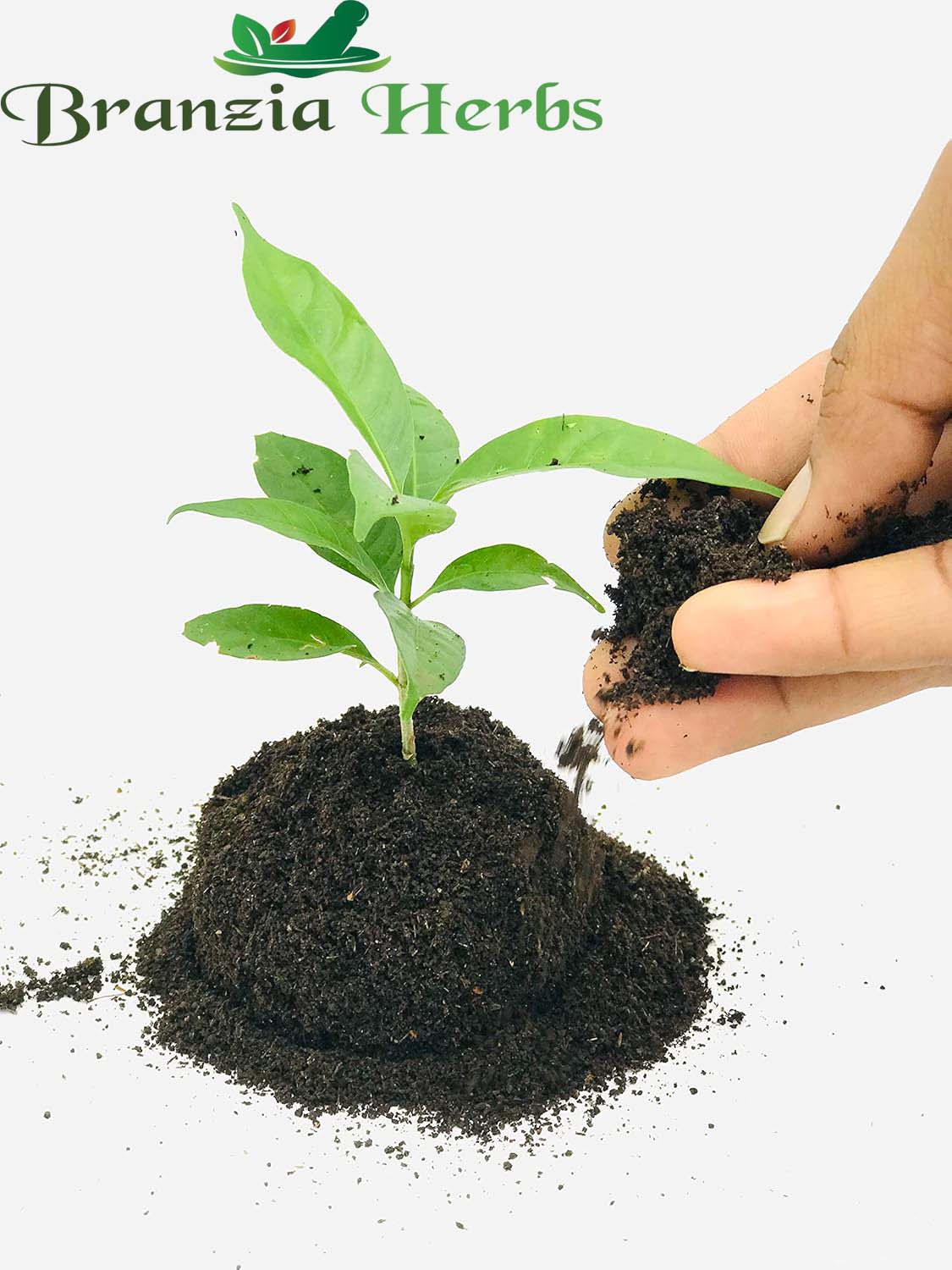-
Plant Description:
-
Scientific Name: Nerium oleander.
-
Appearance: Oleander is an evergreen shrub or small tree with lance-shaped leaves and clusters of flowers that can be pink, red, white, or yellow. It is commonly grown as an ornamental plant.
-
Properties and Uses:
-
Toxicity: All parts of Nerium oleander are highly toxic if ingested. The plant contains cardiac glycosides, which can cause serious health issues, including nausea, vomiting, abdominal pain, heart problems, and even death if consumed in significant quantities.
-
Traditional Medicine: Despite its toxicity, Nerium oleander has been used in some traditional medicine practices for various conditions. However, these uses are extremely risky due to the plant's toxicity and should be approached with caution.
Alternative Edible Plants:
If you are referring to a different plant known locally as Bilas Papda and that is edible, here are some common edible plants with similar-sounding names:
-
Bilas Papda (Common Name) - Solanum nigrum (Black Nightshade):
-
Plant Description: Solanum nigrum is a herbaceous plant with small white or purple flowers and black berries. It is used in various cuisines and traditional medicines.
-
Uses: The young leaves and berries of Solanum nigrum are edible when cooked. It is used in soups and stews in some cultures but should be consumed in moderation, as raw berries can be toxic.
-
Bilas Papda - Bauhinia purpurea (Purple Orchid Tree):
-
Plant Description: Bauhinia purpurea is a tree known for its striking purple flowers. Its leaves are sometimes used in traditional cooking and medicine.
-
Uses: The leaves and flowers are used in some regional dishes and traditional remedies. It is important to ensure that any plant you are considering is properly identified and used correctly.
Note:
If you are looking for an edible plant, it is crucial to ensure that it is correctly identified and safe for consumption. Many plants with similar names may have different properties and uses. For any plant used in traditional medicine or cuisine, consulting with a knowledgeable herbalist or local expert is recommended to avoid toxicity and ensure safe usage




